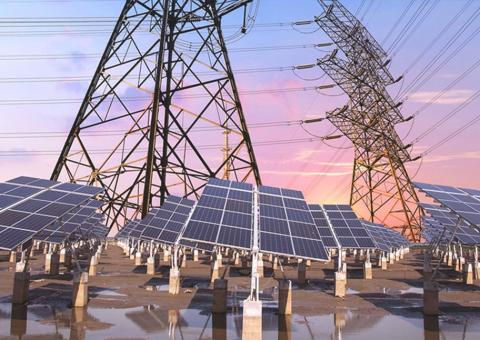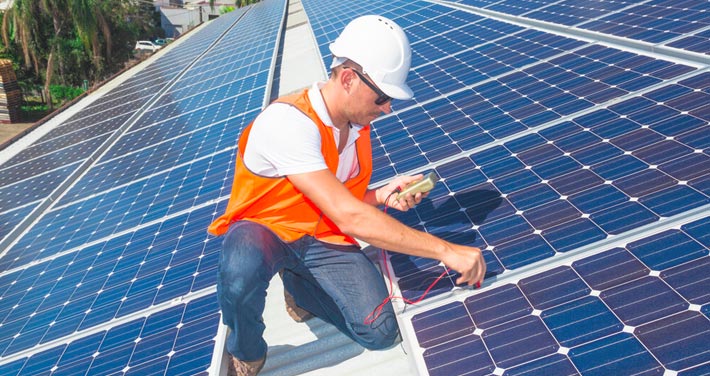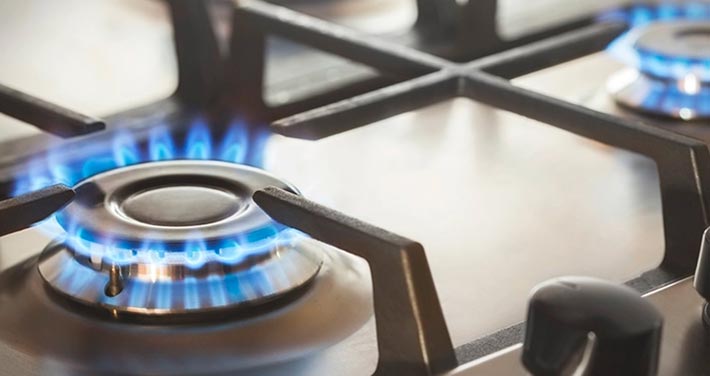Unitil’s mission is simple: to safely and reliably deliver energy for life and provide its customers with affordable and sustainable energy solutions. While increasing our use of renewable energy resources such as wind, solar, geothermal, and hydroelectric is beneficial to our customers, stakeholders, and the environment, its integration into the existing power grid is not without its challenges.
Finding a Balance
Striking a balance between environmentally friendly practices and reliable energy distribution requires forethought and planning on an unprecedented scale. Not only must grid operators find ways to measure the amount of renewable energy being generated at a particular time, but they must also be able to predict how much energy generation is expected in the future – and how to respond to inherent fluctuations.
How Does Renewable Energy Affect the Grid?
As more renewable sources of energy are incorporated into the grid, the challenge to predict and fulfill consumer needs becomes more and more complicated. For this reason, weather forecasting has become an important part of the equation, as a failure to remain flexible and responsive to variable conditions can result in power outages. For example, the energy generated by the sun may be sufficient to meet average daytime requirements, but what happens when the sun goes down, or demand for energy increases unpredictably?
Looking Ahead
Energy providers like Unitil are continually working to improve the reliability and efficiency of the grid in the face of climate change. Some of the steps utilities are taking include:
- Finding new ways to store energy for later use when generation exceeds current demand
- Building new transmission lines to connect areas where renewable resources are plentiful to areas with higher demand
- Combining different renewable sources of energy to even out generation so that the grid isn’t reliant on a single source
- Upgrading our metering infrastructure to enable time-based rate designs and new service offerings so that customers can benefit from their investments in clean energy, electric vehicles, and energy management technology
- Implementing state-of-the-art distribution initiatives to optimize system demand and resources
- Investing in gas distribution infrastructure to improve safety and minimize methane emissions
- Exploring opportunities to ensure sustainable gas supply even as we promote policies to expand clean energy options
As climate change continues to fuel fundamental changes in the energy sector, the architecture of the grid must advance – and do so reliably and affordably. The advanced grid of the future will provide consumers with greater control over their energy usage, enable distributed renewable energy resources, enhance system reliability, and advance system security. This top-to-bottom emphasis on sustainability is at the heart of everything we do to ensure long-term value for our customers, employees, investors, and stakeholders.
Did You Know? Renewable energy creates three times more jobs than fossil fuels.
Key Takeaways:
- Integrating renewable resources into the power grid is akin to making a one-way street into a superhighway interchange. Excess energy generated by solar and wind farms can be fed back into the main grid for distribution to where it’s needed most.
- The capacity of renewable energy sources relies heavily on weather, which can make reliability and stability a challenge for grid operators.
- The flexibility of the grid structure is key as we transition from a passive delivery system to a dynamic distribution model.




